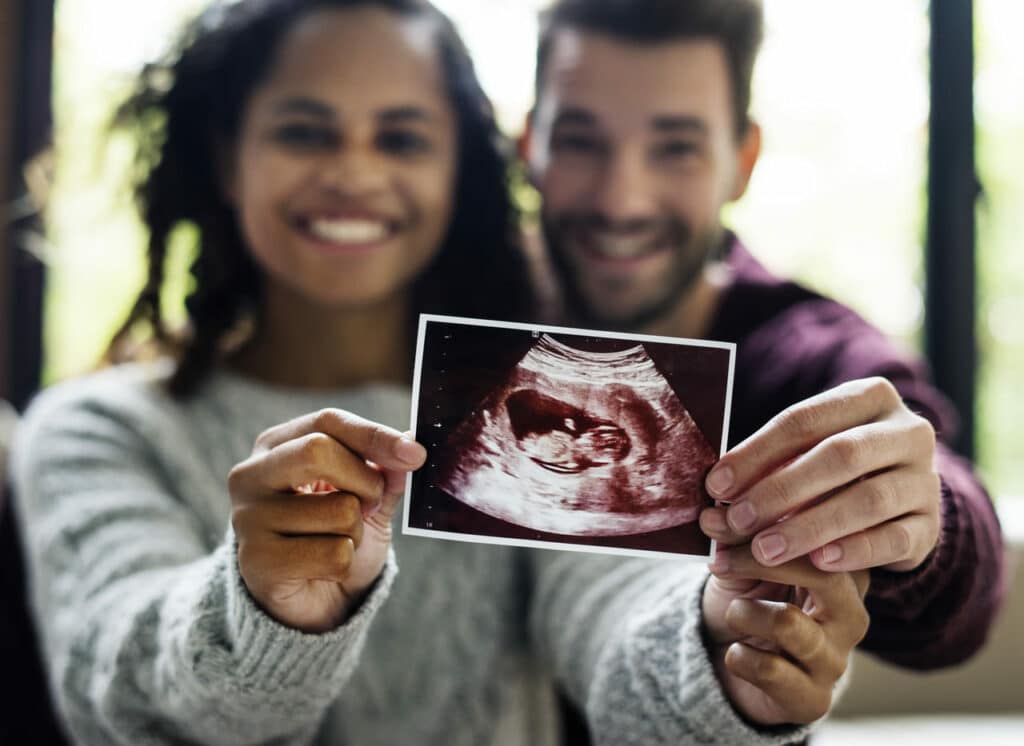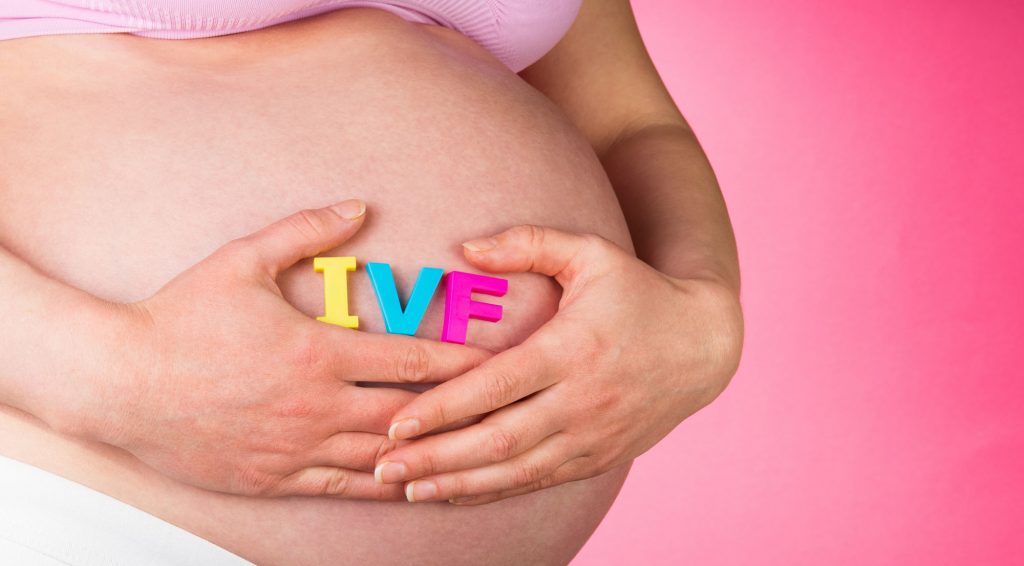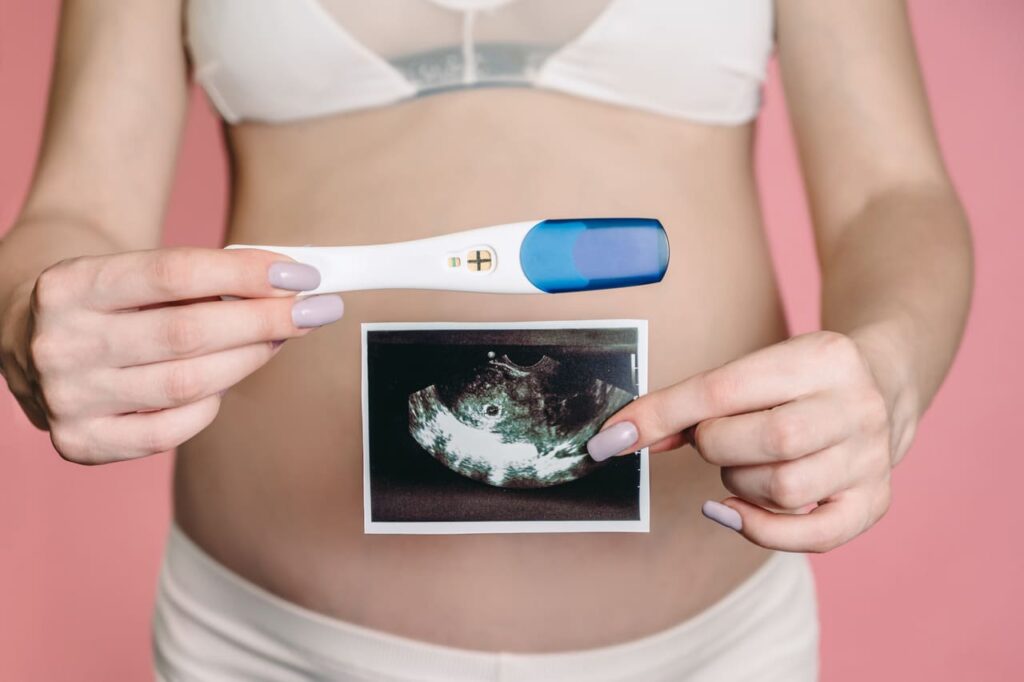IVF (In Vitro Fertilization) is a type of fertility treatment to help couples get pregnant.
Since 1978, when the first IVF baby was born, advancements in the treatment have progressively increased success rates.
While most doctors consider the treatment to be safe, risks still persist.
One such problem is the loss of embryos due to contaminated culture media. It is a solution that embryologists use to nurture cell growth from fertilization to implantation. The defective or contaminated solution can actually kill your embryo.
If you have faced the same issue, hire IVF contamination lawsuit attorneys to get compensation for the loss you have suffered.
Remember, before beginning IVF, it’s important to understand the possible risks you might face.
In this article, we are going to discuss the safety of IVF treatment and the potential risks involved.
In This Article
What Is IVF Treatment?

In vitro fertilization (IVF) is a method of assisted reproductive technology (ART) where sperm and an egg are fertilized outside the body. It’s a detailed process involving collecting eggs from ovaries and manually mixing them with sperm in a lab for fertilization.
After a few days, the fertilized egg, now an embryo, is inserted into the uterus. Pregnancy happens when this embryo attaches to the uterine wall.
How Does IVF Work?

Here’s how the IVF treatment works:
Step 1: Ovarian Stimulation
To start the IVF process, professionals use the medication to stimulate the ovaries to produce multiple eggs. This medication, usually given as injections over about two weeks, aims to increase the chances of a successful pregnancy.
Step 2: Egg Retrieval
Once the eggs mature, professionals collect them using a needle and ultrasound. This procedure, typically done under sedation or anesthesia, minimizes discomfort.
Step 3: Sperm Collection
On the same day as egg retrieval, the male partner provides a sperm sample through ejaculation. If necessary, one can retrieve the sperm through testicular sperm extraction (TESE).
Step 4: Fertilization
Collected eggs and sperm are combined in a lab dish for fertilization. It is done either through insemination or intracytoplasmic sperm injection (ICSI), where a single sperm is injected into each egg.
Step 5: Embryo Culture
Fertilized eggs, now embryos, are left in the lab to grow and develop for several days. They’re closely monitored during this time to ensure proper development.
Step 6: Embryo Transfer
After a few days of culture, one or more embryos are transferred to the woman’s uterus using a catheter inserted through the cervix. This step is typically painless and doesn’t require anesthesia.
Step 7: Pregnancy Test
About two weeks after embryo transfer, a pregnancy test is necessary to determine if the procedure was successful.
Is IVF Safe?

The IVF treatment is generally a safe option for addressing infertility. However, there are minimal risks, mainly associated with fertility drug usage and the processes of egg retrieval and embryo transfer.
What Are The Risks With IVF?

Despite advancements improving IVF success rates, it’s important to understand its possible risks before starting treatment.
Side Effects
Women may experience various side effects while taking medication and undergoing IVF, ranging from mild to severe. These can include nausea, constipation, headaches, mood swings, and hot flashes.
Ovarian Hyperstimulation Syndrome
Ovarian hyperstimulation syndrome (OHSS) is a rare complication of IVF. It occurs when women are highly sensitive to fertility medications used to stimulate egg production. This results in an excessive number of eggs developing in the ovaries, causing them to become enlarged and painful.
Severe OHSS can be dangerous. If you experience these symptoms, contact your clinic immediately. Treatment may involve canceling the current cycle and adjusting the dosage of fertility medications for a safer approach.
Oocyte Retrieval Complications
During oocyte retrieval, multiple eggs are collected using ultrasound-guided transvaginal follicular aspiration. This process carries some risks, albeit uncommon, including reactions to anesthesia, infection, bleeding from the needle site, and potential damage to nearby organs like the bladder and bowel.
Multiple Births
When you implant more than one embryo during IVF treatment, the chances of having twins or triplets increase. While having multiple babies may seem positive, it significantly raises the risk of complications for both you and your babies.
Additionally, multiple births increase the chances of premature birth or low birth weight. It can also raise the risk of serious complications like newborn respiratory distress syndrome (NRDS) or long-term disabilities such as cerebral palsy.
Ectopic Pregnancy
With IVF, there’s a slightly increased risk of ectopic pregnancy, where the embryo implants in a fallopian tube instead of the womb. Symptoms may include stomach pain and vaginal bleeding or dark discharge.
Risk of Embryo Demise
Another concern in IVF is the possibility of embryo loss due to contaminated culture media. Contamination of the medium used for embryo culture can impair embryo development and viability, leading to failed implantation or early pregnancy loss.
Emotional Stress
IVF involves multiple stages, which means individuals and couples must wait to see if each stage is successful before proceeding to the next. Repetition of certain stages can be emotionally taxing. Additionally, the time commitment required may disrupt work, social activities, and family time.
Financial Strain
The cost of a single IVF cycle can range from $15,000 to $30,000, depending on individual needs. Since most health insurance policies do not cover IVF, couples may face financial strain due to the procedure’s expenses.
How IVF Contamination Lawsuit Attorneys Can Help?

If you’ve experienced embryonic demise due to contaminated culture media, IVF lawsuit attorneys can assist you in seeking justice. You can file a lawsuit against the manufacturer of the defective medium.
These lawsuits aim to secure compensation for,
- Emotional distress caused by the loss of embryos
- Lost wages due to emotional distress and medical appointments
- Medical expenses related to IVF and potential future fertility treatments
- Punitive damages to hold the companies accountable for their alleged negligence.
Make sure you choose a good lawyer who specializes in IVF lawsuits to maximize your chances of success.










![Home Renovation Guide [2025]](/app/uploads/2021/04/design-hacks-1-378x300.jpg)
